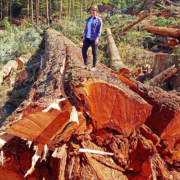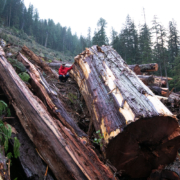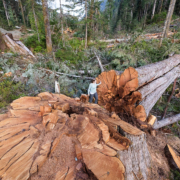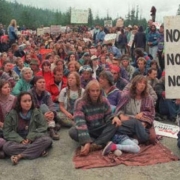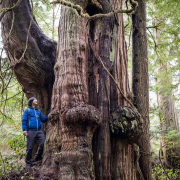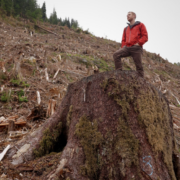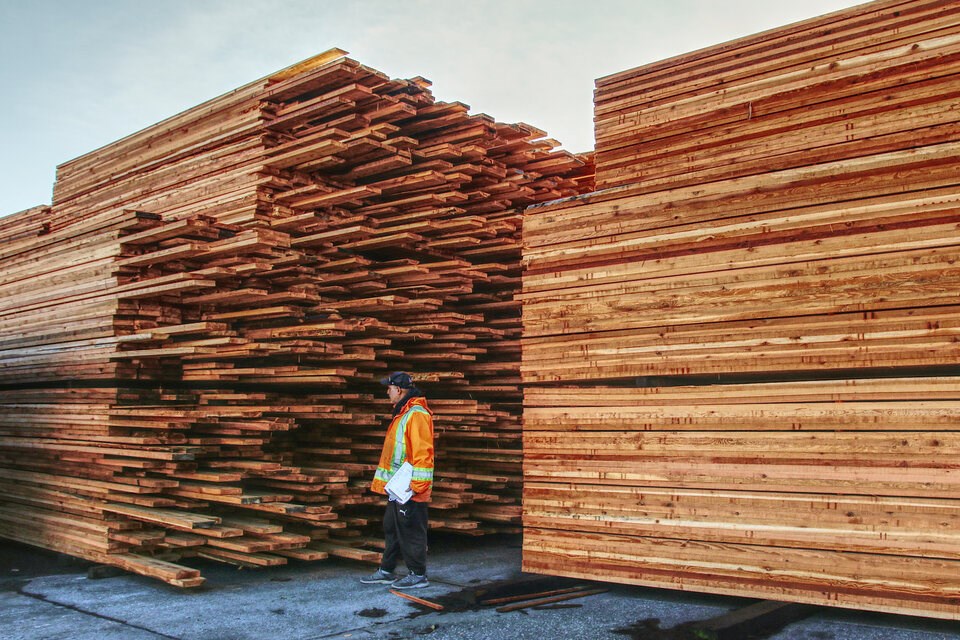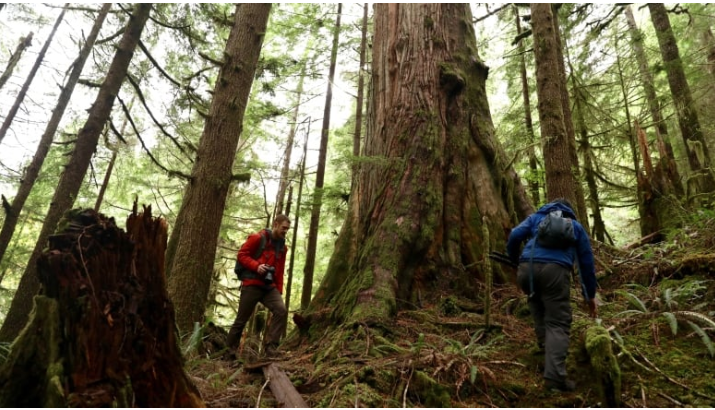 Jun 4 2020
Jun 4 2020B.C. vastly overestimates size of its old-growth forest, independent researchers say
CBC News British Columbia
June 4th, 2020

Self-published report concludes most old growth areas counted by province are small alpine or boggy forests
A team of independent researchers claim in a new report that the province’s accounting of old growth trees is vastly larger than the actual number of trees most people would consider old growth, namely coniferous giants.
The three co-authors of B.C.’s Old Growth Forest: A Last Stand for Biodiversity write that most of what is currently considered old growth are small subalpine or bog forests.
“They don’t distinguish between all the different types of old growth,” said Rachel Holt, co-author and registered professional biologist.
The B.C. government reports that of the province’s 57.2 million hectares of forest, 23 per cent is old growth or 13.2 million hectares.
“Only about one per cent of that total forest is old growth in the way that you or I, or pretty much anybody would think of as being old forest,” said Holt.
The precise number in Holt’s report is 400,000 hectares, or 0.8 per cent of the forested area in B.C.
“We don’t get a second chance at maintaining these, and there is really such a tiny proportion that remains,” she said.
At risk of logging
The report warns that, in addition to the issue of overestimating old growth forest, many of the large stands of trees that would be considered old growth are at risk of being logged — as much as 75 per cent.
“We know that if it’s not protected, then the plan is to log it, that’s why we can do that math,” Holt said of the system of forest management used in the province.

She said the main problem appears to be management of old growth areas.
“Lack of reporting and poor implementation of policy has left us with a big gap, and we’re just not doing a good job of protecting these, the legacy forest,” she said. “They’re not coming back.”
Holt says she and co-authors Karen Price and Dave Daust have years of experience working for the B.C. government on forestry issues.
They used publicly available data and sifted through it to compile what they believe is a more accurate picture of the remaining old growth forest.
Holt said they plan to submit their work to a scientific journal, but felt there was urgency behind making it public as soon as possible.
“I’m very concerned about the ongoing, kind of whittling down, the dwindling numbers of those stands,” said Holt.
Doug Donaldson, Minister of Forests, Lands, Natural Resource Operations and Rural Development, said he wasn’t surprised to see the numbers presented in the new report — a draft was submitted to the independent Old Growth Strategic Review Panel that was launched in July 2019.
“That is exactly one of the reasons we commissioned … the panel,” Donaldson said of the debate over old growth forests in the province. “We’re taking this issue very seriously.”
“I respect the authors of the report,” he said, adding that the panel has received about 400 published papers and reports, as well as paying visits to 45 communities.
Donaldson said the panel has wrapped up its work and the findings will now be shared with First Nations for government-to-government discussions before the panel’s work is circulated to other groups and the public.
“We want to make sure that [old growth] is being managed properly, and we recognize the importance old forests have for biodiversity in the province,” he said. “We also recognize the importance that it provides for communities and workers who depend on harvesting.”
Read the original article

